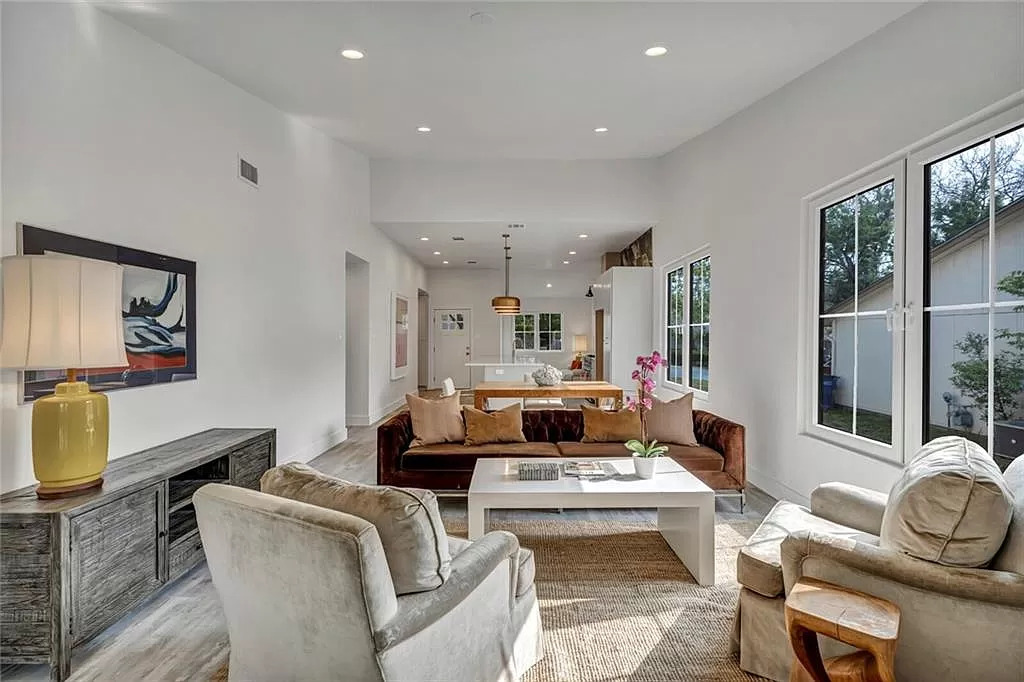Fix and Flip vs Buy and Hold
Fix and Flip vs Buy and Hold: What's better for you?
Real estate investors have many different investment options to reach their overall goals. Choosing which niche to specialize in could be a very difficult decision. Two of the most popular strategies, and for good reason, are “fix and flip” or “buy and hold”. These unique strategies both have the ability to generate income.
However, the fix and flip strategy can generally produce profits in a shorter time frame while the buy and hold strategy creates monthly cash flow almost indefinitely. This article outlines some of the major highlights (or headaches) of both strategies. As a preface, I would like to point out that neither strategy is inherently “better” than the other. What it really comes down to is your interest, skillset, goals and investment horizon. Also, who is to say you can’t do both?
Fix and Flip Investing
The fix and flip strategy, if executed properly, consists of buying a real estate asset at below market price, improving the property through strategic rehab and selling that same property for a monetary gain.
This strategy gets a lot of attention, and in my opinion, can be the more glamorous option compared to buy and hold. This is partially due to the twelve-hour-long HGTV “Flip This House” marathons that bring fix and flip into the spotlight. While the short-term gains can be tempting, this investment strategy is not for everyone. There is much skill, strategy and risk tolerance needed in flipping homes.
Quick Income Upside
The relatively quick turn around and large profit margins associated with the fix and flip investment strategy is definitely a crowd pleaser. There are very few other investment opportunities that have the same financial upside as flipping homes. For example, some investors are able to double their investment money in just a few months. Double is definitely not the norm, but the generally high returns in a short period of time can be enticing to many investors as compared to buy and hold where they must wait years to realize
their gains.
Speed is of the Essence
A large factor regarding profitably when it comes to flipping homes is time frame. A good investor needs to get in and out of a home quickly. The longer they hold the property, the more they will pay in carrying costs, which eats into their profits. These costs include monthly bills that accumulate over time, such as utilities, property taxes, HOA fees (if applicable), financing charges, and other maintenance bills.
The "fix" in Fix and Flip
This may sound simple, but you must ask yourself, “Am I capable of fixing the property?” A large part of your profits depends on your ability to forecast repair costs and complete the repairs while staying within budget. If you are capable of doing work yourself, you can save a good amount of money. If you are not personally handy, it is imperative to have strong relationships with local contractors and tradesmen. Investors with experience in construction often have an advantage when it comes to the rehab of the property.
Understanding Taxes
The short-term capital gains that come from flipping a property result in higher immediate taxes compared to a long- term investment. Fix and flip investors do not get the same tax breaks that buy and hold investors get. Therefore, to accurately predict your profits, you will need to better understand and factor the consequences of taxes in your projections and business plan.

Buy and Hold Investing
Moving on to buy and hold – this strategy is very different than fix and flip because investors purchase homes to hold onto for the long term (no immediate exit strategy). This is generally done by buying an asset, rehabbing the property if needed, and then leasing it back out to renters at a monthly rate.
In this strategy, investors can make money in two ways: through the monthly cash flow that comes from rent and also through the appreciation of the assets over the long run. Buy and hold is known as a great way to amass wealth and generate ongoing cash-flow.
Slow and Steady
While fix and flip is about speed and quickly, buy and hold is the turtle in the race. It doesn’t start out fast, but in the end, it generates a great amount of wealth and liquidity. The secret of this turtle is simple. Real estate values generally increase over time. The longer you hold a property, more it will appreciate.
Peace of Mind
Owning properties that produce steady, positive rental income is a very effective way to offset expenses and guarantee cash flow on an ongoing basis. For example, the most common lease agreement is one year in length, often with automatic renewals. This provides certainty of income to investors and offers them peace of mind. In fact, having a reliable, steady and dependable source of monthly cash flow is one of the most attractive features of buy-and-hold real estate investing.
Not a Full-Time Job
Buy and hold is relatively low maintenance after the properties are stabilized and leased out. The majority of the work required is done on the front end to acquire and rent out the properties. Unless you own a huge number of assets, buy and hold is typically not a full- time job. This strategy is great for the part-time investor as it gives them the opportunity to keep their day job while building a portfolio of rental properties on the side to supplement their income.
The Headaches of Being a Landlord
Having tenants is great, but it also means you the independent adults who live on your property. Landlords have a legal obligation to maintain the property they are leasing. Depending on where you buy, what you buy, who you lease to, and just plain luck, the frequency of phone calls and complaints can vary greatly. Still, there are a number of property management and people management issues you need to deal with on a regular basis. There will be times that being a landlord becomes incredibly stressful and bothersome.
Conclusion
What strategy sounds better for you? Is it fix and flip or buy and hold? Regardless of your selection, remember the tips above. Don’t forget to research fully and consider what you think you would simply enjoy more. Both strategies can be very lucrative and a good investor can’t go wrong with either. The question, then, is not where to get started – but when?
Looking for a way to finance your investment properties? MINO Lending Solutions is a leading lender to residential real estate investors.
For more information about how MINO Lending Solutions can help you grow your rental and rehab business, please call us at (866) 646-6536 or email contact@minolending.com.


